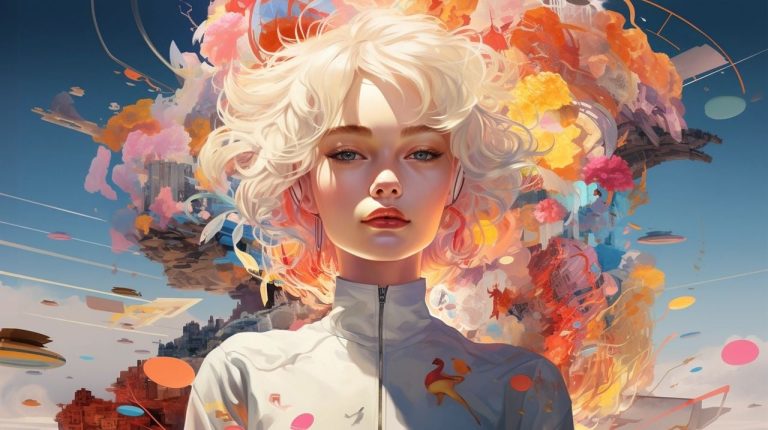If you are interested in learning more about the new Style features added to the Midjourney AI art generator this month. This guide will take you through the basics of creating a workflow to start using the new Style Tuning in Midjourney in your AI art creation. The first step in this process is to consider the aspect ratio when tuning a prompt. The aspect ratio, a term that refers to the dimensions of visual content, plays a significant role in shaping the overall aesthetics of your output. It’s a balance between the width and height of your visual content, and adjusting it can significantly alter the visual appeal. Understanding the impact of aspect ratio on the aesthetics of your project is key to achieving the desired visual effect.
What is Midjourney Style Tuning?
- The Style Tuner lets you make your own Midjourney style
- Even though we call it a “style” it’s a bit more than that, it’s really controlling the “personality” of the model and it influences everything from colors to character details
- You can optimize specifically around a single prompt or setting (including non-square aspect ratios, image + text prompts and raw mode)
Default or RAW mode?
Next, you’ll need to choose between the default mode and raw mode. The default mode is the standard setting for operations, offering a pre-set configuration that’s generally suitable for a wide range of tasks. On the other hand, raw mode provides an unprocessed setting, giving you more flexibility and customization options. Both modes have their unique advantages, but for those who are new to the platform, it’s advisable to start with the default mode.
Adding Midjourney Styles to your workflow
Other Midjourney articles, guides and news you may find of interest and help you refine your AI art creation process:
The third step involves selecting a style from the 32 available options. These styles, also known as ‘style directions’, provide visual guidance for your project. After selecting a style, you can test it by copying the entire prompt and pasting it into Midjourney. This step allows you to preview how your chosen style will look in practice, giving you a tangible sense of the aesthetic direction of your project.
Then, you’ll need to decide whether to delete the words in the prompt that created the style. This decision is largely a matter of personal preference, and it’s recommended to experiment with both options to determine which one best suits your project’s needs.
The fifth step involves enabling ‘fast hours’, a speed optimization feature that can significantly speed up the processing time of your project. To activate this feature, you’ll need to place squiggly brackets around the words used to create the style code. This simple action can greatly enhance the efficiency of your project’s processing time.
Creating a portfolio of Midjourney styles to use and share
Once you’ve found a style that aligns with your aesthetic vision, you can save it as a shortcut. This quick access method allows you to easily apply the same style to future projects, saving you valuable time and effort in the long run.
If the style code doesn’t produce the desired effect, you can try adjusting the stylized values. These values represent the degree of visual influence each style has on your project. By fine-tuning these values, you can further refine the aesthetics of your output, ensuring that it aligns perfectly with your vision.
Introducing some ‘chaos’ into your project can add variety to the generated grid. Chaos, in this context, refers to the randomness in output, which can introduce an element of unpredictability and uniqueness to your project, making it more dynamic and engaging.
Finally, if you’re not entirely satisfied with the results, you have the option to change the style from default to raw after the fact. This flexibility allows you to experiment with different settings and configurations, giving you greater control over the final output.
Style tuning in Midjourney is a complex but rewarding process. By understanding and effectively utilizing the various elements involved, you can create visually stunning projects that truly stand out. If you found this guide helpful, remember to subscribe and hit the like button, and feel free to share your own tips and experiences in the comments.
Filed Under: Guides, Top News
Latest timeswonderful Deals
Disclosure: Some of our articles include affiliate links. If you buy something through one of these links, timeswonderful may earn an affiliate commission. Learn about our Disclosure Policy.

